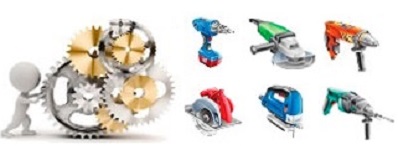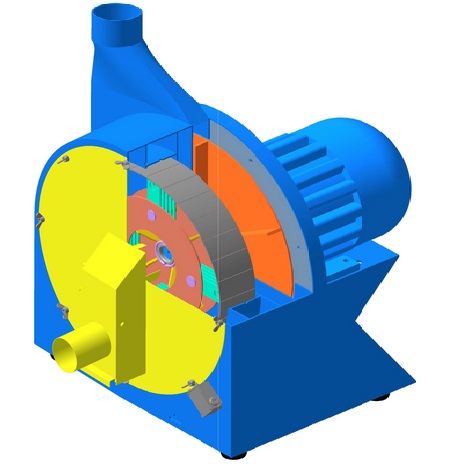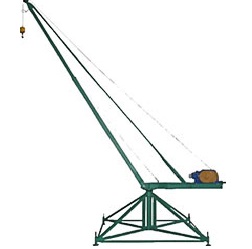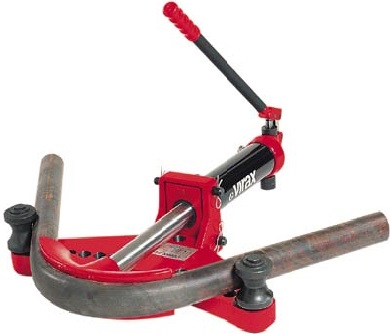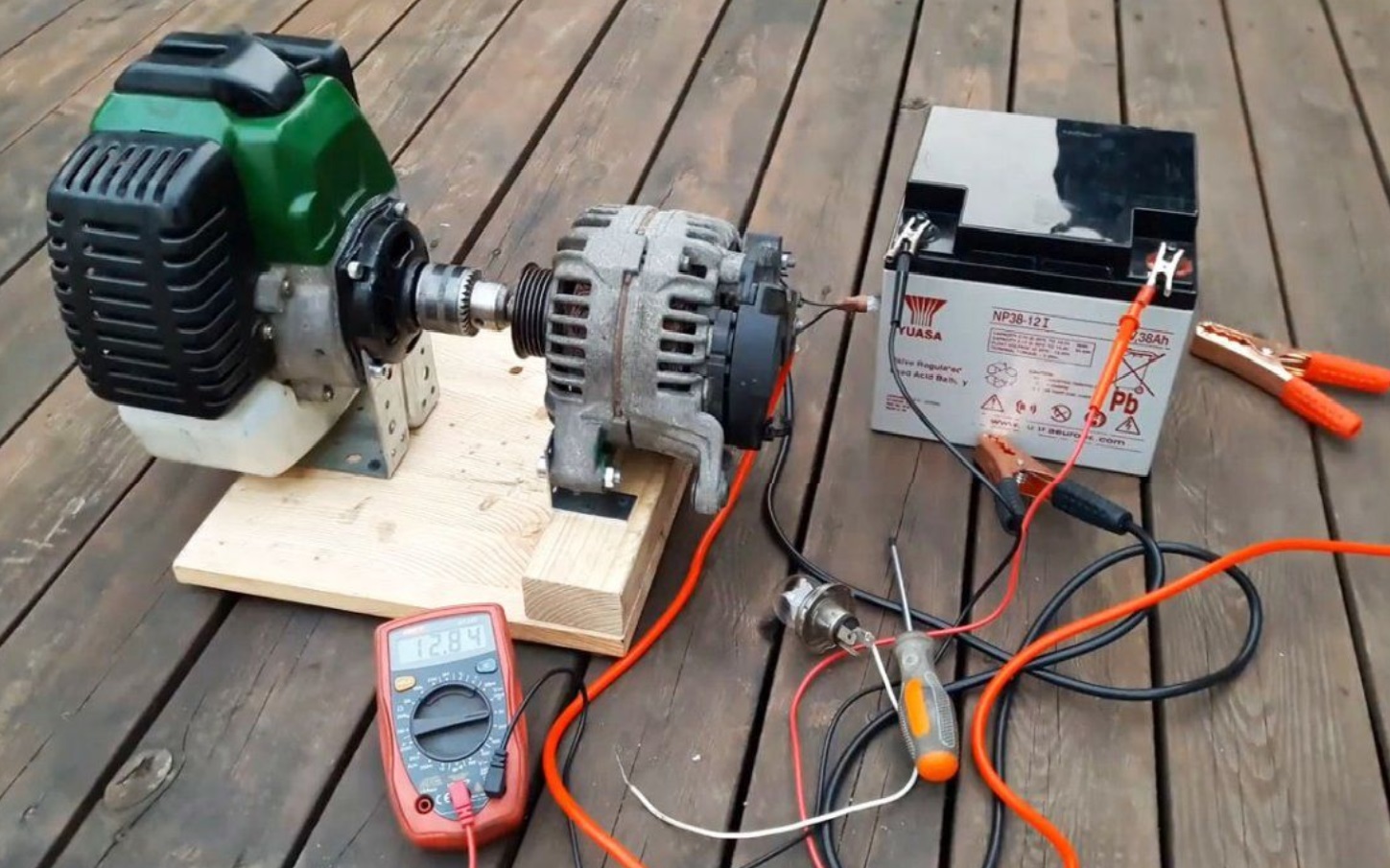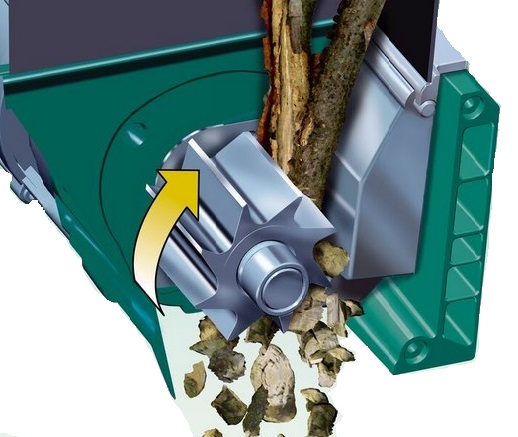Types of Drilling Rigs
In this post, we will explore some of the most common types of drilling rigs and how you can construct them yourself.
An auger drilling rig is ideal for shallow drilling, typically up to 30 meters. It uses a spiral auger to dig into the earth, which is then rotated to extract soil and rock samples. Building an auger drill rig is relatively simple, requiring basic materials such as a long pipe, an engine, and a frame.
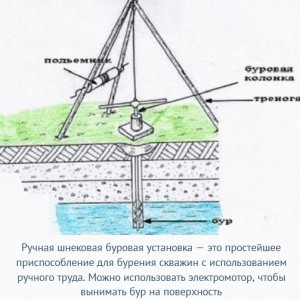
What Are the Different Types of Drilling Rigs?
Drilling rigs are classified into several types:
- Percussion cable drilling rigs. These are based on a triangular frame and use a cable with an attached bit or bailer.
- Auger-type rigs, where soil extraction is done by an auger. It’s important to note that during drilling, the hole is not flushed with water.
- Aggregate rotary-type drilling rigs, which are based on a hydro drill. Manual-feed rotary units are a simple option that requires manual labor. Due to the high labor intensity of this method, it is rarely used.
Percussion Cable Drilling Rigs
This setup consists of:
- a collapsible frame;
- a percussion chuck (“cup”);
- a bailer.
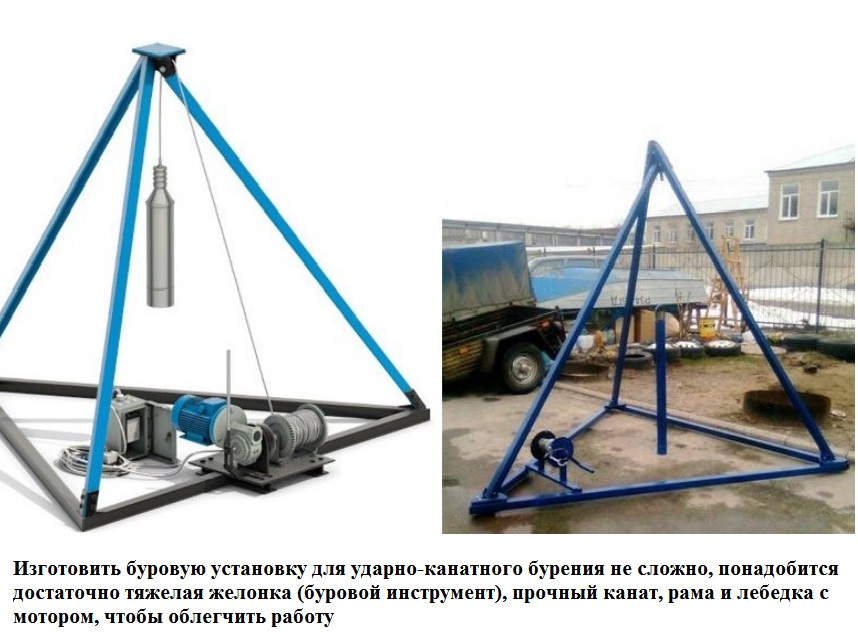
To facilitate drilling, a motor reducer is connected to the rig, around the drum of which a cable with a chuck or bailer is wound.
To ensure efficient operation, an 80kg chuck is recommended. The bailer is used to clean the bottom of the hole from soil residues. Bailing is also effective in clayey soils.
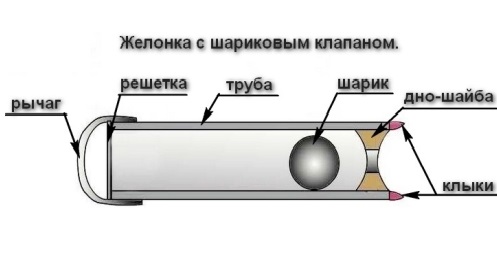
The main working element is the chuck or “cup”. To make it, use a pipe with a diameter of 8-12 cm; the heavier the pipe, the better. Cut “teeth” at the bottom of the pipe to loosen the soil. In addition, the lower edge in the “cup” is often sharpened. Holes are made at the top for attaching the cable. The chuck can be 1 to 2 meters long.
https://www.youtube.com/watch?v=FdkafUeUE2k
Auger Drilling Rigs
To construct an auger drilling rig, use a steel pipe with a diameter of 10-12 cm. On the upper end of the pipe, create an external screw thread. On the opposite end, attach an auger screw with a diameter of 20-30 cm. Limiting to one or two turns in the auger may suffice. Attach blades to the ends of the auger for effective soil engagement during drilling.
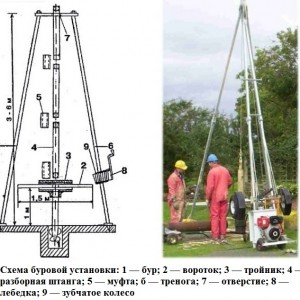
Components of Auger Drilling Rigs
- Drill bit;
- Handle;
- Yoke;
- Collapsible rod;
- Coupling;
- Tri-pod;
- Hole;
- Winch;
- Gear wheel.
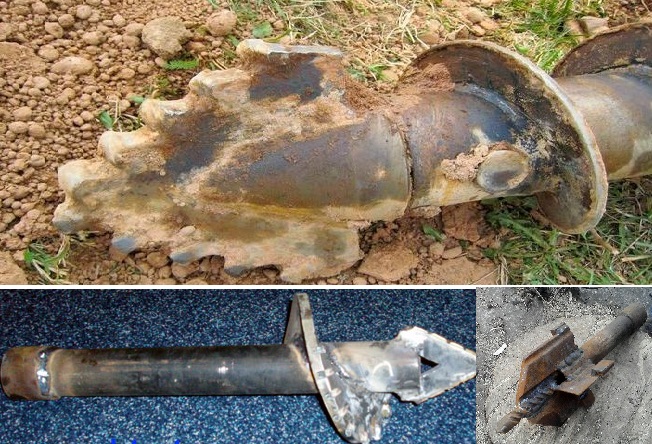
What Do You Need for a Drilling Rig?
To manufacture a reliable drilling rig capable of professional drilling, purchasing certain components produced in factories with precision equipment is mandatory. The following elements are required:
- Swivel;
- Drill rod;
- Blade drill;
- Motor reducer;
- Motor pump and hose;
- Hose for delivering drilling fluid.
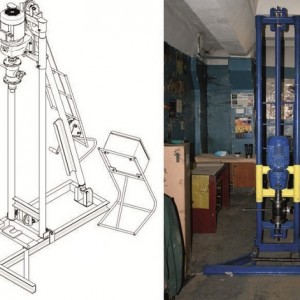
The drill rod is chosen based on the type of drilling you will be using (percussion, rotary, with flushing, etc.). The rod’s cross-section can be round or hexagonal.
It is used to transmit the driving torque directly to the drill. As the work progresses, the rod is submerged deeper and needs to be extended.
Special locks with a conical or trapezoidal (rectangular) thread are used for connection, ensuring the most reliable coupling.
Water is pumped through the inner section of the rod into the borehole, softening the soil and making the drilling process faster and more successful.
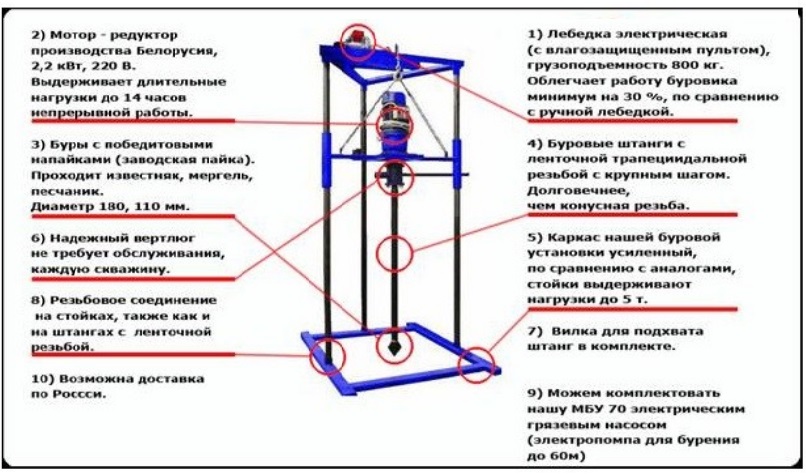
The drill bit is the working element intended to break up the soil. Drill bits can range from 10 to 45 cm in diameter. Quality steel, such as VK-8, is used for manufacturing this component. In areas with hard soils, it is recommended to drill in several passes. Start with exploratory drilling (an 8 cm drill bit) and then pass through with larger diameter drills until the hole width approaches the desired size.
